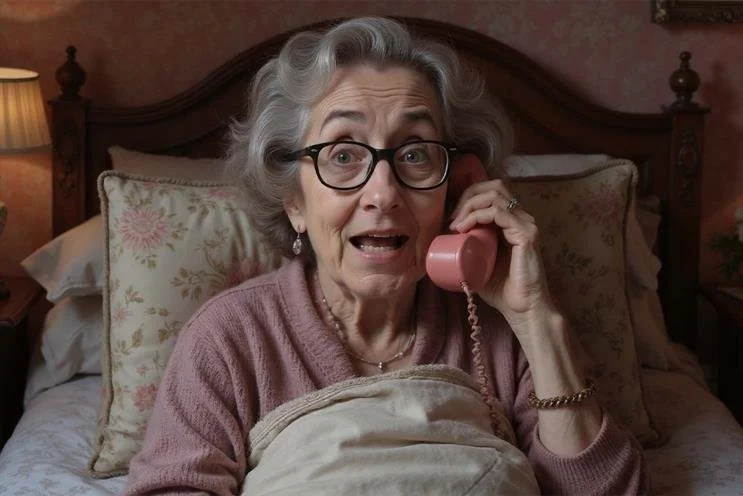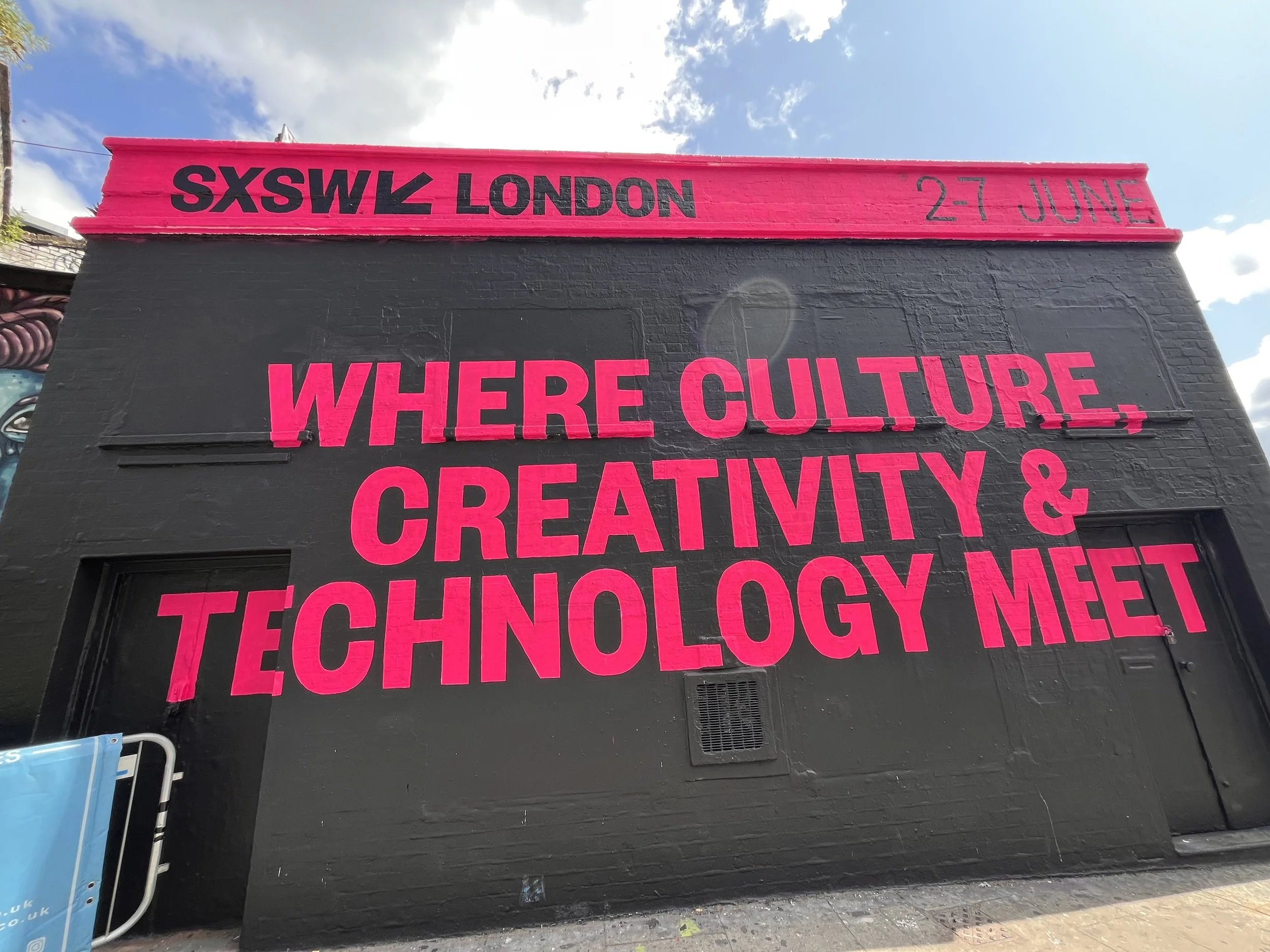Open SoundCloud and you’ll get a DM from someone promising playlist placement — for a fee. Post on Instagram and a “brand rep” you’ve never heard of offers you free clothes if you just cover the shipping. On TikTok, a stranger invites you into a collab that turns out to be a funnel to their paid Discord. Even LinkedIn has its share of fake recruiters, promising remote dream jobs that somehow require you to buy training first.
These aren’t rare one-offs anymore. They’re daily interactions.
And the emotional residue is always the same: this feels like a scam. Once that suspicion sets in, it spreads. If a phishing page can perfectly clone your bank’s login, then even the real login feels risky. If bots flood Instagram with crypto giveaways, even authentic brands become harder to trust.
The Scam Layer of Digital Life
This isn’t just a vibe — the numbers tell the story:
Eight out of ten UK adults report being targeted by a scam in the last three months.
Online payment fraud is projected to cost businesses hundreds of billions over the next five years.
Only about one in five people feel confident spotting scams when they happen.
Scams have become the background hum of digital life.
How UX Helped Get Us Here
The uncomfortable truth is that legitimate design often mirrors scam tactics: pop-ups demanding immediate action, “limited time only” countdowns that never really end, subscription flows that are easy to enter and impossible to escape.
So when scammers copy those cues, users don’t see the difference. Growth hacks and grifts blur together.
Fighting Back With Design
The irony is that in a world where everything feels manipulative, clarity has become the rarest feature. An experience that feels trustworthy immediately stands out.
Some principles to build towards that:
Radical transparency: show costs upfront; make unsubscribing as easy as subscribing.
Contextual approvals: don’t just ask “Are you sure?” — show details like location, device, and time.
Smart friction: smooth for trusted actions, extra checks for risky ones.
Guardrails for email and social: mirrored in-app messages, clear domains, scam-report buttons.
Scam-proof support: scheduled in-app calls with session codes, clear “we’ll never ask for…” rules.
Human signals: real stories, behind-the-scenes content, and disclosure when AI is used.
Fighting Back Means More Than Defense
Design can’t just be about removing dark patterns and avoiding scammy signals. We also need to create tools that actively expose scams:
Interfaces that highlight suspicious behaviors — like unusual domains, recurring scam phrases, or high-risk payment flows.
Public scam dashboards that visualize trending fraud attempts in real time, so users see they’re not alone.
Built-in scam detectors in messaging apps that flag “this looks like a known scam script” before the user replies.
One-click report-and-freeze buttons that both protect the user and feed data back into collective defenses.
Think of it as giving people night-vision goggles for the dark web of scams: making the invisible visible, so scams lose their power in the shadows.
When AI Fights Back
Not all defenses are invisible. Virgin Media O2 recently introduced Daisy, an AI “grandma” who answers scam calls. Instead of hanging up, she rambles about knitting, family stories, and tech confusion — sometimes keeping fraudsters tied up for forty minutes.
It works because Daisy is designed with persona, pacing, and empathy cues that scammers are reluctant to abandon. She doesn’t just block the attack — she flips the experience, wasting the scammer’s time instead of the victim’s.
For designers, Daisy is a reminder that security doesn’t always mean sterile walls of friction. Sometimes it means building resistance into the interaction itself — designing an experience that scammers don’t want to deal with.
Check out these links:
https://news.virginmediao2.co.uk/o2-unveils-daisy-the-ai-granny-wasting-scammers-time/
https://www.biocatch.com/blog/designed-to-trust-easy-to-deceive?utm_source=chatgpt.com
https://microsoft.design/articles/secure-by-design-a-ux-toolkit/
https://confetti.design/blog/a-better-ui-ux-can-save-your-users-from-security-threats




















